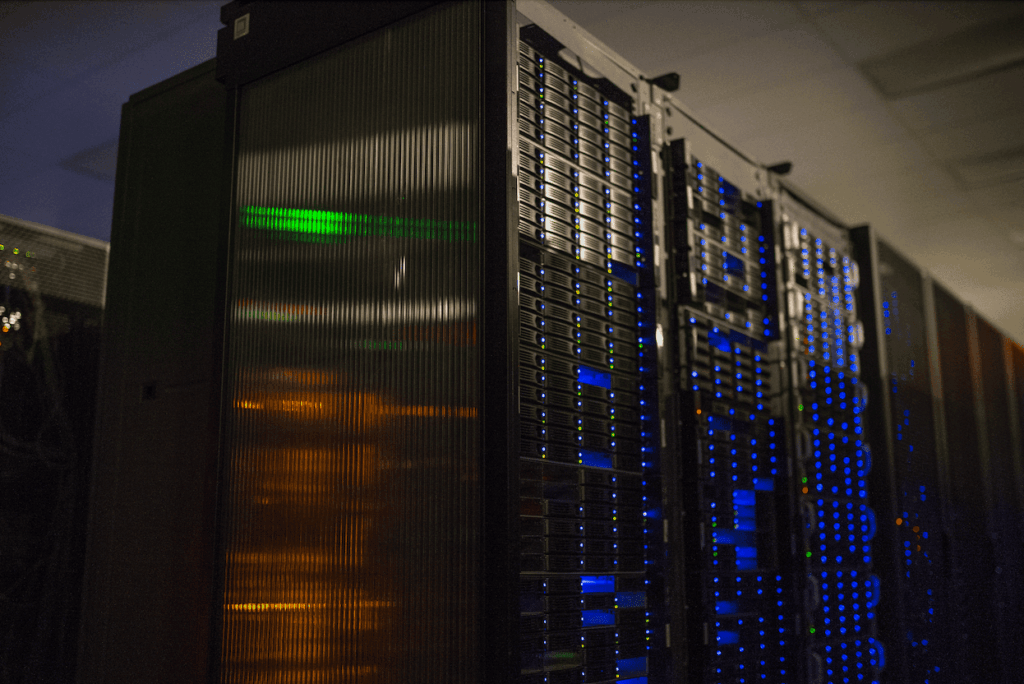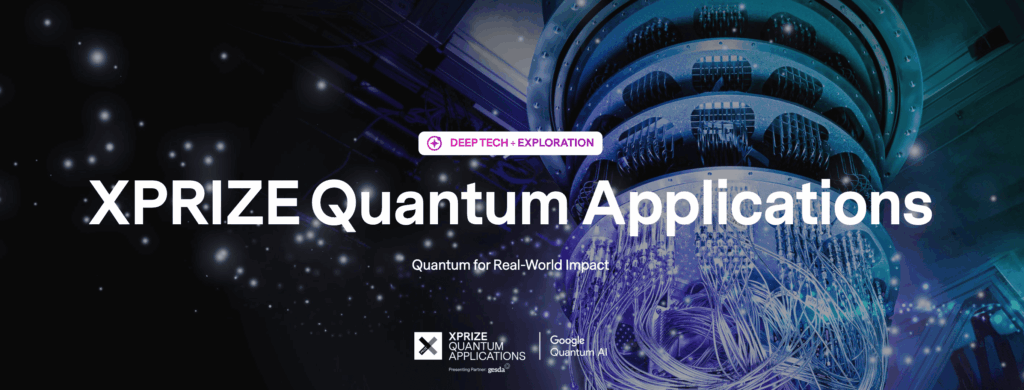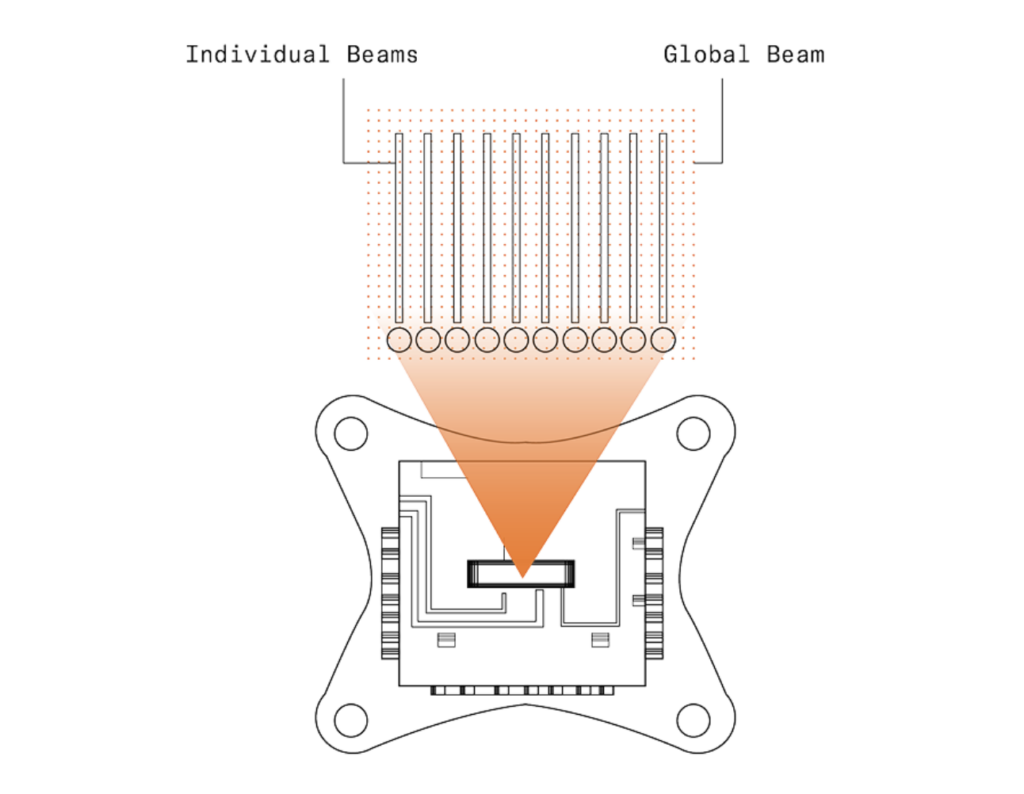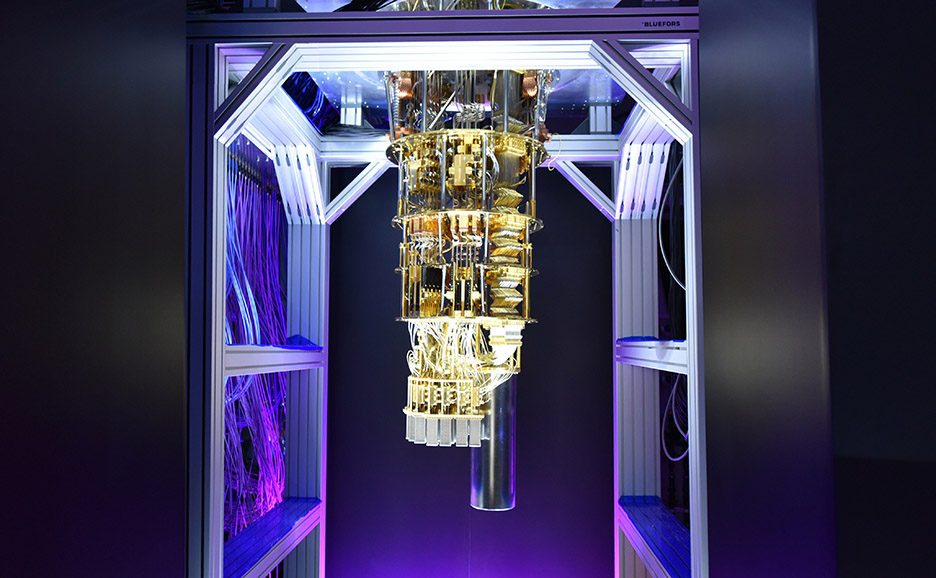Insider Brief
- A federal commission is urging Congress to adopt a “Quantum First” national goal by 2030 to secure U.S. leadership in mission-critical quantum technologies.
- The recommendations call for major investments in quantum hardware, workforce development, modernized research infrastructure, and a new Quantum Software Engineering Institute.
- The panel warns that China’s state-supported quantum programs pose growing strategic risks and that early U.S. action is needed to prevent long-term disadvantage.
A federal advisory panel is urging Congress to adopt a “Quantum First” national goal by 2030, arguing that the United States must secure early advantage in quantum computing, quantum communications and post-quantum security before rival powers can use the technology against U.S. interests.
U.S.-China Economic and Security Review Commission released the 2025 annual report to Congress with recommendations that contain one of the strongest warnings to date that quantum technology has moved from long-term research to a near-term strategic race with irreversible consequences.
The commission reviewed U.S. progress and China’s accelerating efforts in quantum information science.

The panel said Congress should set targeted objectives in three mission areas where quantum systems could offer early advantage: cryptography, drug discovery and materials science. These fields were identified as mission-critical areas in which quantum machines may outperform conventional computers and produce intelligence, medical, or industrial breakthroughs.
In a statement, Richard Givhan, Co-Founder and CEO of quantum software startup Haiqu, weighed in on the commission’s report: “The commission’s recommendation to develop the software foundations for scalable, secure, and interoperable quantum computing is crucial for the U.S. to capture the economic and security advantages of near-term quantum technologies. While hardware still deserves the majority of public funding, it would be wise to invest more heavily in quantum software and quantum applications companies. Commercial traction will not wait for the idealized fully fault-tolerant devices of 10 years from now; the market will evolve around carefully-optimized applications powered by high-performance software that gets the most out of constrained hardware. If the US wants to lead in quantum, it needs to support software companies in the push to production.”
A Call for Significant Investment
The commission recommended a substantial increase in federal funding for quantum development, with emphasis on scalable quantum computing systems, secure quantum communications, and widespread migration to post-quantum cryptography.
These recommendations are directed at Congress, which the report says must treat quantum as a national capability rather than a science program. The commission argues that U.S. leadership depends on linking funding to long-term workforce development, including new fellowship programs, talent exchanges with allied nations and standardized curricula that reflect mission needs.
The panel also said the United States lacks the physical infrastructure to transform research breakthroughs into working systems. It urged modernization of cryogenic labs, quantum engineering centers, fabrication lines and measurement facilities. The report said many of the facilities supporting quantum research are outdated and not suitable for advanced systems development. These gaps limit the nation’s ability to build and test the hardware, sensors, and communications equipment required for next-stage quantum progress.
Beyond hardware and labs, the commission recommended creation of a Quantum Software Engineering Institute to anchor the nation’s software and algorithms ecosystem. The proposed institute would coordinate work on compilers, error-handling tools, operating systems, and application libraries. It would also oversee an open-source foundation to ensure that future quantum software is secure, interoperable, and tested against mission requirements.
The panel noted that software remains a bottleneck in broader deployment, and that hardware progress will not translate into advantage if the country lacks a dependable software stack for early applications in science, industry, and defense.
Strategic Stakes and China’s Position
The report warns that whoever leads in quantum computing and artificial intelligence will shape the security foundations of the digital economy, influence breakthroughs in medicine and energy, and gain lasting advantage in intelligence and targeting. The panel argues that quantum should be viewed as a strategic technology that underpins national power.
Analysts working with the commission also assessed China’s progress and industrial planning. They concluded that China has mobilized state-scale resources, coordinated research centers and promoted domestic manufacturing to strengthen its position in quantum systems and global standards.
The panel reported that China is likely racing to build quantum computers that could threaten global cryptographic systems and may be concealing the status of its most advanced projects. The report positions this concern as a major strategic risk because the world’s current encryption systems rely on mathematical problems that quantum computers could eventually solve. If an adversary reached this capability first, it could compromise secure communication for governments, businesses and banks.
The commission said that possibility justifies urgency in U.S. planning and investment.
The report also pointed to China’s broader industrial policies, including large-scale subsidies and manufacturing expansion in advanced technologies. Analysts described China’s economy as a two-speed system, with the broader economy under strain but strategic sectors receiving abundant support. Quantum research, communications satellites and advanced materials programs fall into this priority group.
The report highlighted China’s work on quantum communication satellites, including multiple missions designed to test secure links in space. These projects are part of a larger push to build next-generation communication networks, high-end manufacturing and scientific capabilities that can be integrated into national security operations.
A Tightening Race and Global Implications
The commission’s recommendation for a 2030 deadline reflects its judgment that the next five to seven years may determine long-term leadership.
Analysts pointed to rapid progress in quantum error correction, improved qubit coherence and hybrid algorithms designed to combine quantum and classical systems. These developments increase the likelihood that usable quantum systems will emerge earlier than many forecasts suggested a decade ago.
The report added that the United States retains strengths in research leadership, private-sector innovation and scientific talent. However, the panel said these advantages will not be enough without national coordination and long-term commitments.
According to the panel, the U.S. must shift from fragmented research programs to a system approach with priorities, timetables, and funded objectives.
What Now?
If Congress acts on the recommendations, the next phase of U.S. quantum policy may resemble the semiconductor initiatives launched under the CHIPS Act, but with a broader technology scope.
Possible outcomes include federally backed quantum manufacturing lines, expanded public-private partnerships and procurement programs designed to give early quantum systems real mission use.
Agencies could also accelerate the move to post-quantum cryptography as part of a national security transition, especially as more intelligence assessments warn about long-term data harvesting by foreign actors.
In the private sector, a federal push for a “Quantum First” goal could reshape investment flows and technical focus areas. Hardware companies may prioritize fault-tolerant designs instead of NISQ-era products, while software teams may concentrate on chemistry, optimization and secure communications — areas most likely to receive early government funding.
Venture investment could shift to startups aligned with national mission needs, creating a clearer path for commercially viable systems.
Don’t Cash That Check Just Yet
This all sounds great and give the impression that this is an inevitable path forward, but the commission’s plan is far from assured. Turning the “Quantum First” recommendation into law will require navigating a fragmented policy landscape in which quantum programs sit across multiple agencies with divergent missions and funding authorities. Consolidating those efforts into a single national objective would demand congressional action, new oversight structures and long-term coordination among defense, intelligence and civilian science offices.
United efforts have not been the U.S. Congress’s strong suit of late.
Funding is another major obstacle because the recommended investments in fabrication lines, cryogenic labs, workforce programs and software infrastructure would require multi-year appropriations at a time when Congress faces competing demands from AI development, semiconductor manufacturing, defense modernization and basic research.
Continuing budget uncertainty and shifting political priorities could narrow or delay the scope of any national quantum initiative.
There are other concerns about the challenge of technical capacity. The United States leads in quantum research but lacks the domestic manufacturing base, precision-component supply chain, and specialized engineering workforce needed to scale early systems. Building these assets will require new public-private partnerships, closer coordination with allied nations and reforms to workforce pipelines that traditionally reward academic research over engineering and production.
A coherent quantum strategy will also require cooperation on standards, export controls and cross-border research frameworks. Differences among allies on industrial policy, data requirements and risk tolerance may slow joint development.
Global Implications
The latter recommendation signals that the United States will need to seek deeper cooperation on quantum standards, supply chains and application development. The report implies that talent exchanges, joint testbeds and shared development programs will become more important as quantum systems mature.
For China, the commission’s conclusions suggest that the United States is preparing for a long-term technology contest. China’s program rests on concentrated talent, state financing and integrated manufacturing, and the panel expects Beijing to pursue quantum capability as part of its larger industrial and military strategy.
Analysts involved with the report concluded that the race is likely to tighten as China continues to invest in communications satellites, sensing systems, and materials research tied to quantum applications.
Read the full report here.


















